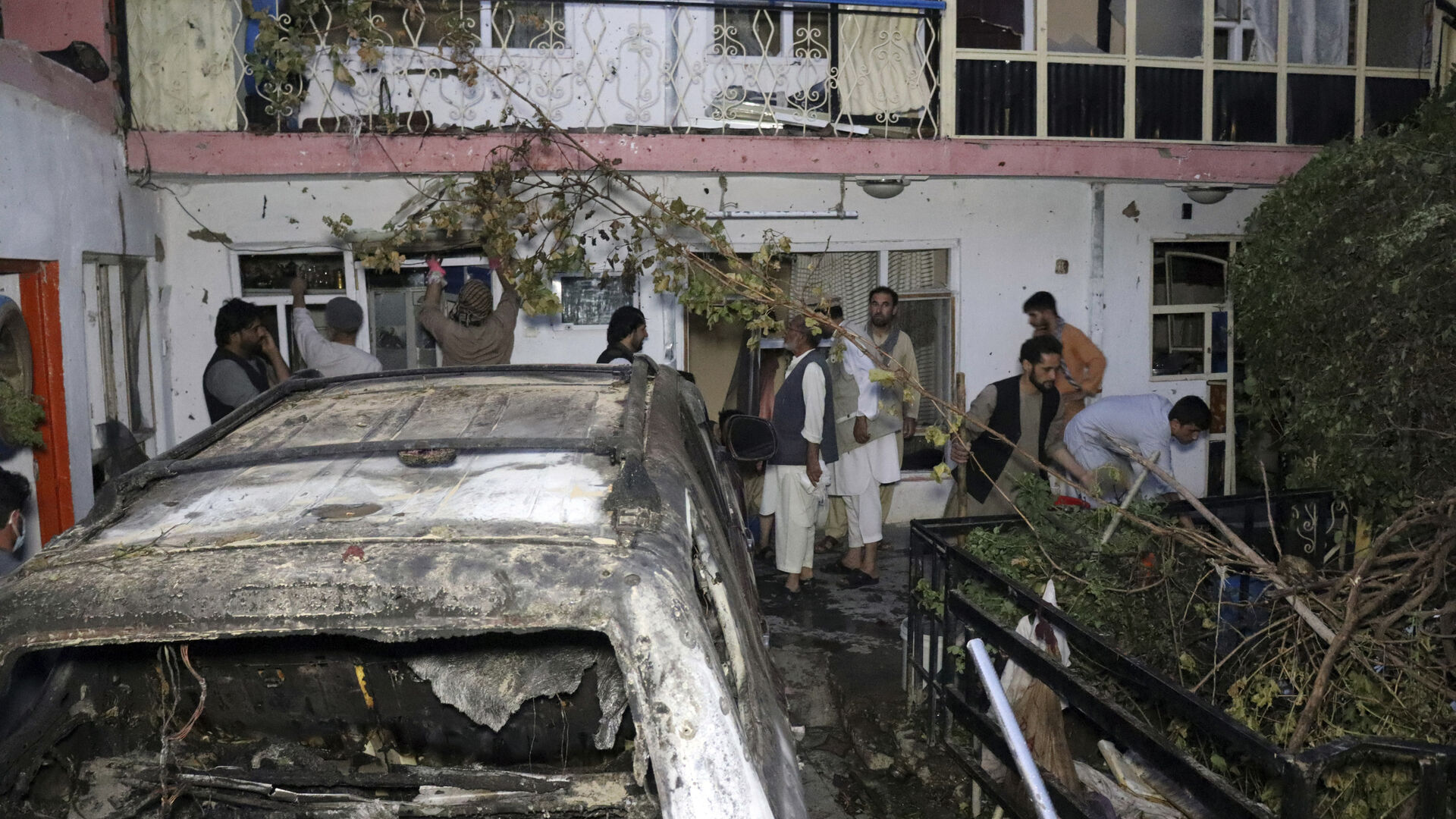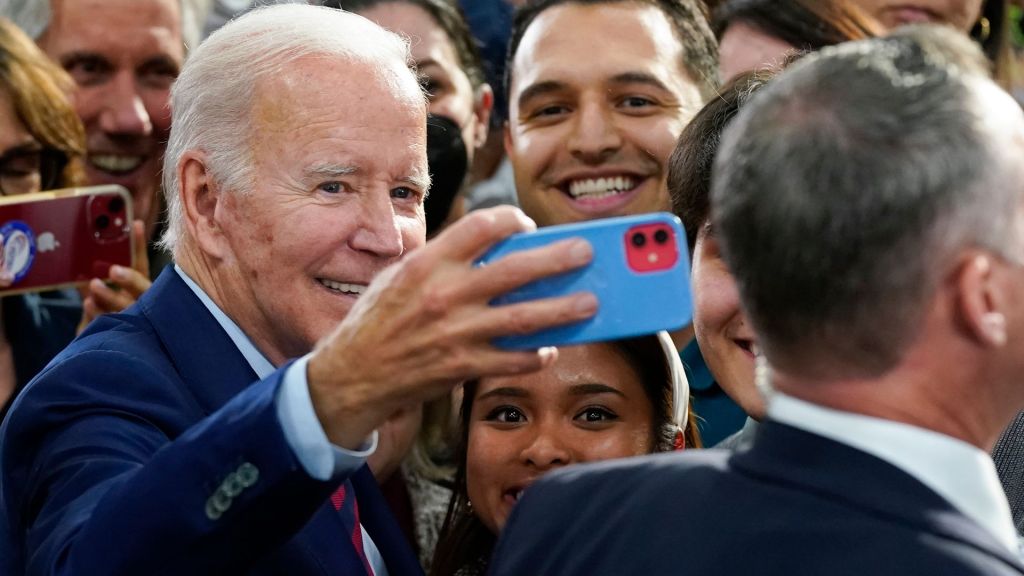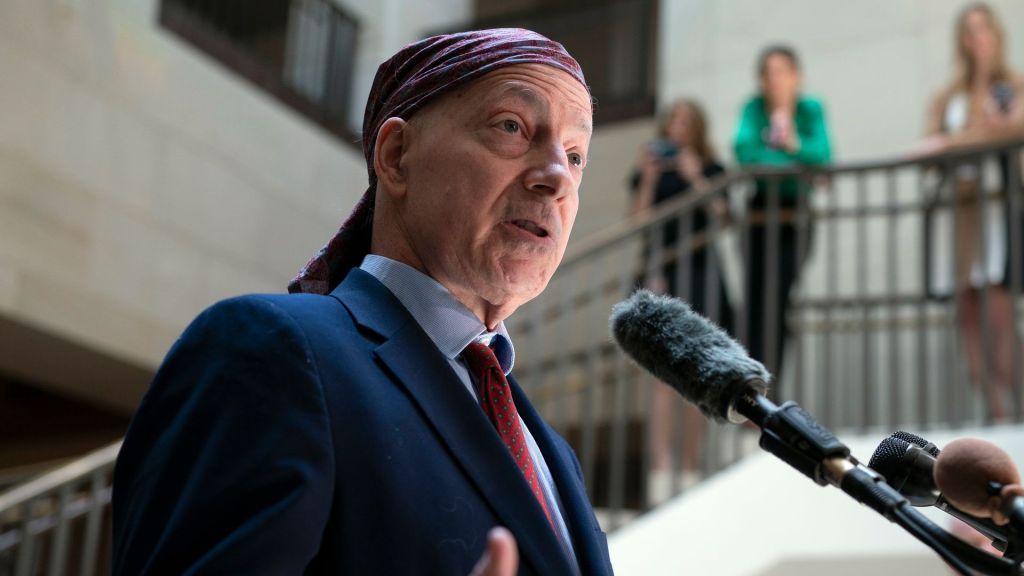
Lt. Gen. Sami Said, U.S. Air Force Inspector General: “Individuals involved in the strike interviewed during this investigation truly believed at the time that they were targeting an imminent threat to U.S. forces on HKIA, (Hamid Karzai International Airport). The intended target of the strike, the vehicle, the White Corolla, its contents and occupant were genuinely assessed at the time to be a threat to, to U.S. forces. That assessment was primarily driven by interpretation of intelligence and correlating that to observed movement throughout an eight hour window in which the vehicle was tracked throughout the day before it was ultimately struck. Regrettably, the interpretation of the correlation of the intelligence to what was being perceived at the time in real time was inaccurate. In fact, the vehicle, its occupant and contents did not pose any risk to U.S. forces.”
“In addition, the assessment prior to strike at the compound at which the vehicle was struck of the individuals in the area itself was inaccurate, and you’re probably going to know, to know that, that given the the the results, but it’s inaccurate in the sense that when you do the analysis, you can see that there were opportunities to potentially conduct the assessment more carefully given time. So therefore, it was inaccurate given what was known at the time.”
“The investigation found no violation of law, including the law of war. It did find execution errors, combined with confirmation bias and communication breakdowns that regrettably led to civilian casualties.”
“You have to put yourself into the conditions that existed at the time. And what I mean by that is the risk to force at HKIA and the multiple threat streams that they were receiving of an imminent attack, attack. Mindful that three days prior, such an attack took place where we lost 13 soldiers, or lost 13 members, and a lot of Afghan civilians.”
“So the ability for defense had declined. We’re concentrated in one location with a lot of threat streams indicating imminent attacks that look similar to the attack that happened three days prior. So you can imagine the stress on the force is high and the risk to force is high and not appreciating when about to say through that lens, I think, would be inappropriate.”






